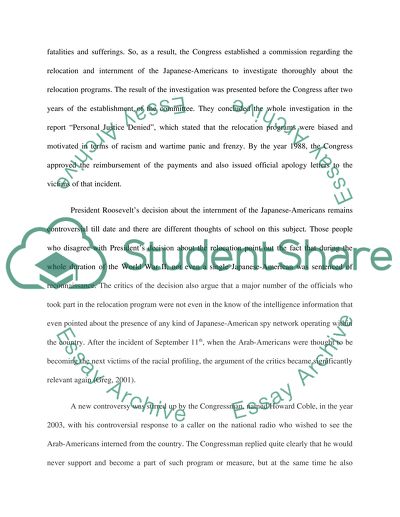The Executive Order 9066 Essay Example | Topics and Well Written Essays - 750 words. Retrieved from https://studentshare.org/history/1463957-the-executive-order-9066
The Executive Order 9066 Essay Example | Topics and Well Written Essays - 750 Words. https://studentshare.org/history/1463957-the-executive-order-9066.


